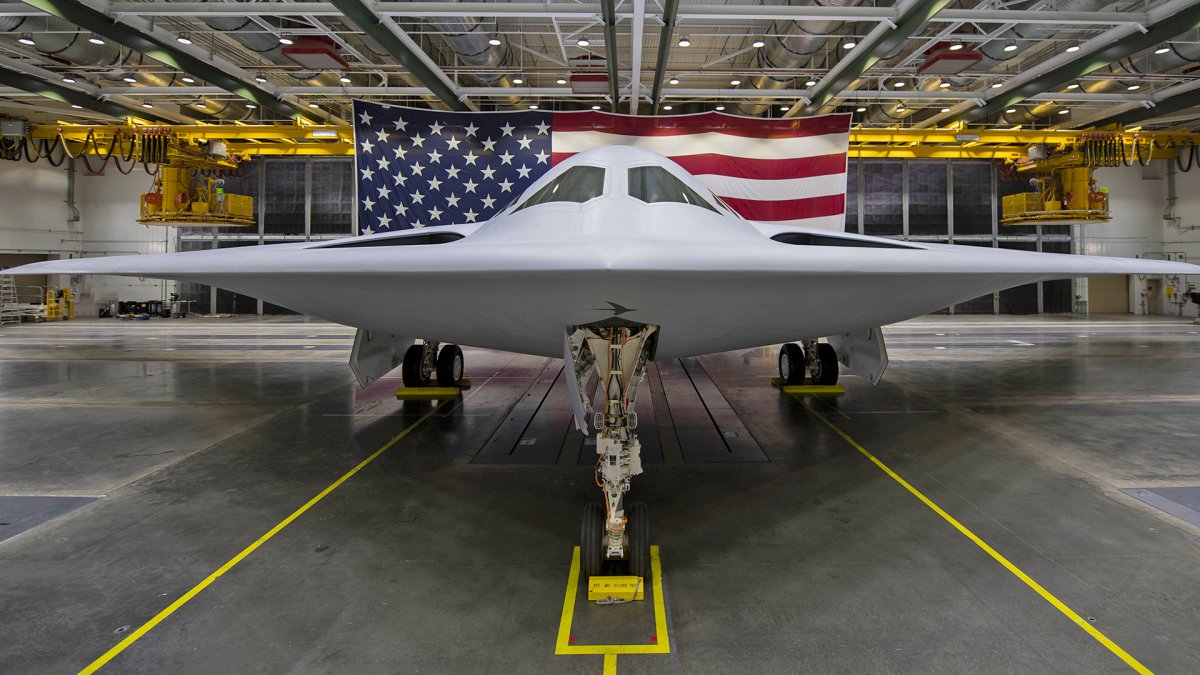Interesting to see the B21 Raider release today. I hoping some of the info in the press (if accurate and no reason to think it wont be) puts paid to the idea of Australia acquiring these. If my maths and conversion estimates serve me correctly it looks like the buy price (not including sustainment) in todays dollars in North of $1b $AU per airframe and the annual cost of the program... at around $55m $AU per air frame per year across a 30 years life span.
Extracted from the War Zone.
The total expected size of the B-21 fleet is unclear, as is how much each one, as well as the total program, may cost. The Air Force has said that the estimated average unit pricing, not factoring in research and development costs, currently remains under the $550 million target, which is in Fiscal Year 2010 dollars, that was set as part of the requirements for the LRS-B program, according to a report from Bloomberg earlier today. This means the current average expected unit cost for the B-21 should be no more than $692 million in Fiscal Year 2022 dollars.
The total estimated cost of the entire program is currently pegged at approximately $203 billion in Fiscal Year 2019 dollars, with "$25.1 billion for development, $64 billion for production, and $114 billion for 30 years of sustaining and operating a fleet of 100 bombers," according to data the Air Force provided to Bloomberg. Adjusted for inflation, this total estimated cost is almost $240.4 billion in Fiscal Year 2022 dollars.

 www.thedrive.com
www.thedrive.com
Extracted from the War Zone.
The total expected size of the B-21 fleet is unclear, as is how much each one, as well as the total program, may cost. The Air Force has said that the estimated average unit pricing, not factoring in research and development costs, currently remains under the $550 million target, which is in Fiscal Year 2010 dollars, that was set as part of the requirements for the LRS-B program, according to a report from Bloomberg earlier today. This means the current average expected unit cost for the B-21 should be no more than $692 million in Fiscal Year 2022 dollars.
The total estimated cost of the entire program is currently pegged at approximately $203 billion in Fiscal Year 2019 dollars, with "$25.1 billion for development, $64 billion for production, and $114 billion for 30 years of sustaining and operating a fleet of 100 bombers," according to data the Air Force provided to Bloomberg. Adjusted for inflation, this total estimated cost is almost $240.4 billion in Fiscal Year 2022 dollars.

This Is The B-21 Raider Stealth Bomber (Updated)
The B-21 isn't just America's next stealth bomber, it's the most advanced aircraft ever built and we're finally allowed to see it.
